How to become a better DJ in 2022
DJ tech has come a long way in the past few decades, but the core of what makes a great mix is the same as ever…

It's something of a cliché in all realms of music making to say that it’s not technical skill that matters so much as the music itself – but that’s undeniably true when it comes to DJing. In recent decades, broadening technology has meant that there is now a whole diverse range of ways in which someone can approach DJing. At its core though, the definition of what a DJ is remains unchanged: a person playing a continuous selection of music for the enjoyment of an audience.
On the basis of this definition – we’re counting turntablism as a separate, albeit related artform, for the sake of argument – it’s obvious why your choice of music is vitally important. You might be able to make your blends perfectly seamless and add countless effect flourishes, but if you’re treating your crowd to a lacklustre selection of tunes you’re never going to make an impression. Similarly, someone with a strong selection of tracks and a good understanding of how to structure a set can go far even with only very basic mixing skills.
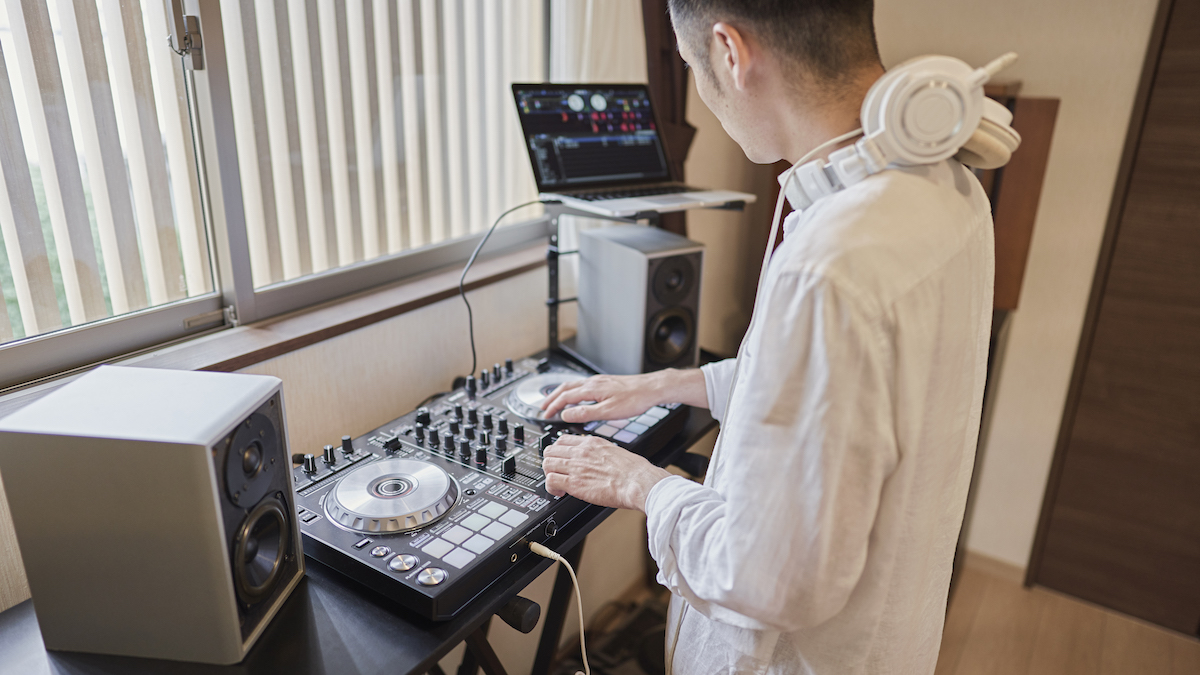
What’s more, the honest truth is that DJing has never been easier, at least on a technical level. We don’t mean this as a dig at the younger generation of DJs, in the way that some bitter old timers might, but it’s ultimately true. Back in the ‘80s or ‘90s club DJing meant using two or more vinyl turntables and manually matching BPMs using nothing more than pitch faders along with your hands and ears. The advent of CDJs, which were significantly more precise and would display the BPM of the current playing track, made beatmatching instantly simpler, and things have only become easier since then.
It’s not only beatmatching that has become easier in the past few decades though. The whole process of finding, collecting and playing music has become exponentially more accessible with the rise in digital music. While many DJs, understandably, still hold a candle for vinyl records, the old need to find, purchase and transport your collection in a physical format introduced a significant barrier in terms of cost and practicality that simply isn’t there anymore.
In reality, current technology would allow you to become a competent – if rather average – DJ with very little work. Simply hop on to Beatport, use their charts to download the most popular tracks in your chosen genre, then allow the Recommended Tracks and Sync tools in the likes of rekordbox, Traktor or Serato to do most of the hard work for you.
Find your style
That might sound like a bleak outlook, but it’s only half the picture. For one thing, as much as modern technology has made DJing easy, it’s also massively expanded the scope of what’s possible. Even basic DJ gear often offers access to samplers, effects, flexible hardware inputs and other features that let users try a multitude of approaches. It’s never been easier to put your own unique stamp on a set, particularly if you’re incorporating your own music, as we'll see below.
What’s more, there have never been more ways to connect with other DJs, musicians and listeners. As was proven during the forced pause to worldwide nightlife over the past couple of years, platforms like Twitch, Soundcloud, YouTube, etc, offer a way for you to showcase your mixing skills even without getting out to a club or gig.
Want all the hottest music and gear news, reviews, deals, features and more, direct to your inbox? Sign up here.
The internet age opens up countless new routes to finding new music too. In the past, sourcing a crate of killer records might have involved getting out into the real world and befriending fellow DJs, label owners or the staff at your local record shop.
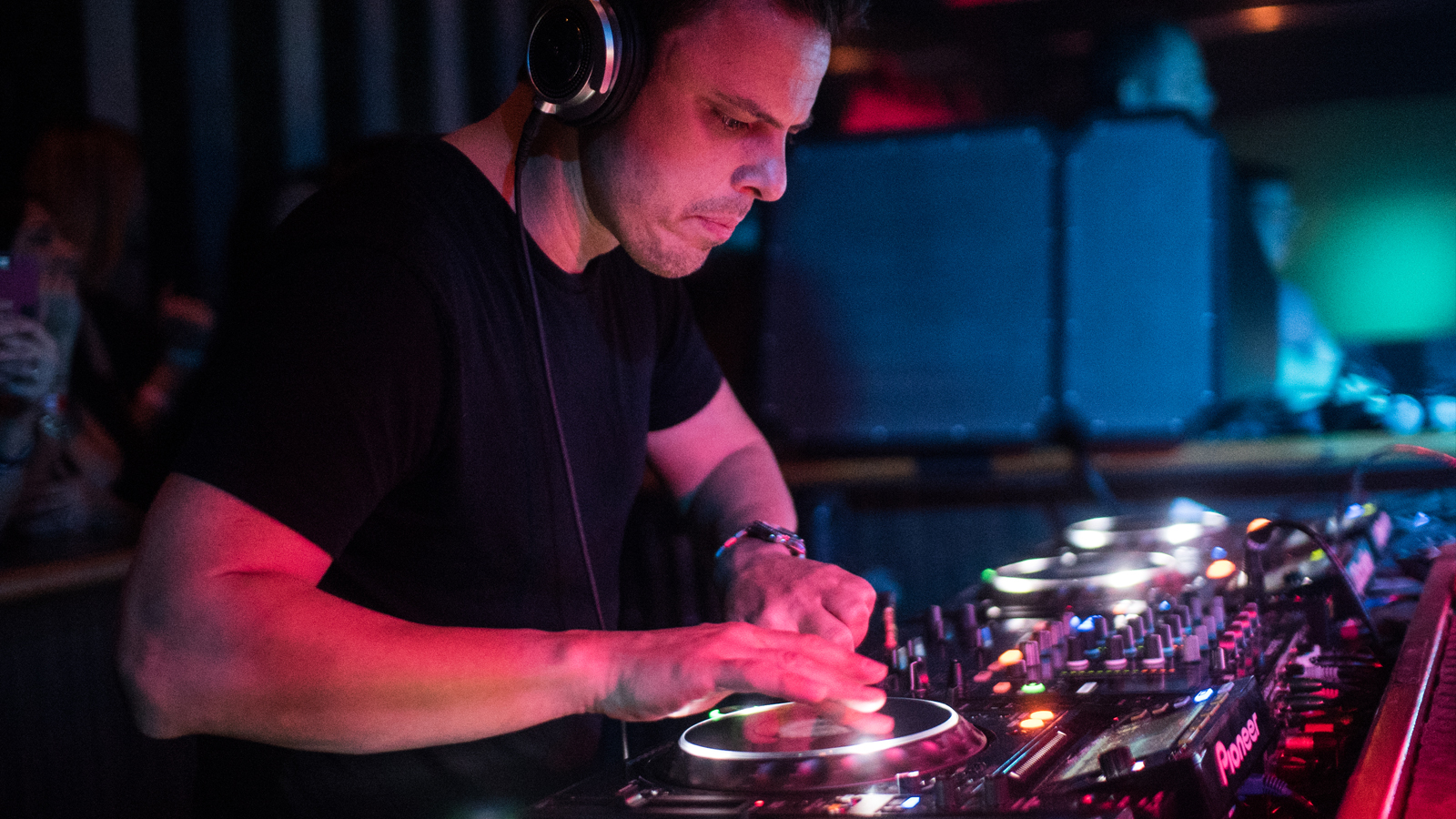
Best DJ controllers: mix with Traktor, Serato, rekordbox and more
All of these things are still good ideas – creating links in your scene and networking with up-and-coming musicians is the best way to get access to exclusive tracks – but there’s nothing stopping you doing this remotely. If you like a particular artist or label, buy their music directly from Bandcamp or their website and message them to let them know you’re playing it. You might just strike up a conversation.
Ultimately, breaking down the technical barriers that stand between the amateur listener and DJ has put the emphasis back on the music more than ever. Playing the same tracks as everyone else won’t get you very far. Dig deep, whether it’s in a crate of second-hand vinyl or an online rabbit hole. Form your own style and taste, and find what it is that sets you apart as a DJ.
8 mixing tips to make you a better DJ in 2022
1. Use your cue points
Pretty much any modern DJ player or mixing software will let you add multiple cue points to your tracks. The primary use for these is pretty obvious: to mark the first beat of the track, the point that you’re most likely to start playing that track in order to drop it into a mix.
What to do with those leftover cue markers then? There’s a multitude of possibilities. You might want to add ‘jump’ points to a track, to, say, skip over a long breakdown or a vocal section you’d rather avoid. Alternatively, you could use one to skip ahead to a distinctive hook that you might want to tease before mixing the track in properly.
Aside from letting you jump to different track sections, cue points can make handy markers too, letting you indicate things like the beginning or end of key phrases or good points to mix the next track in.
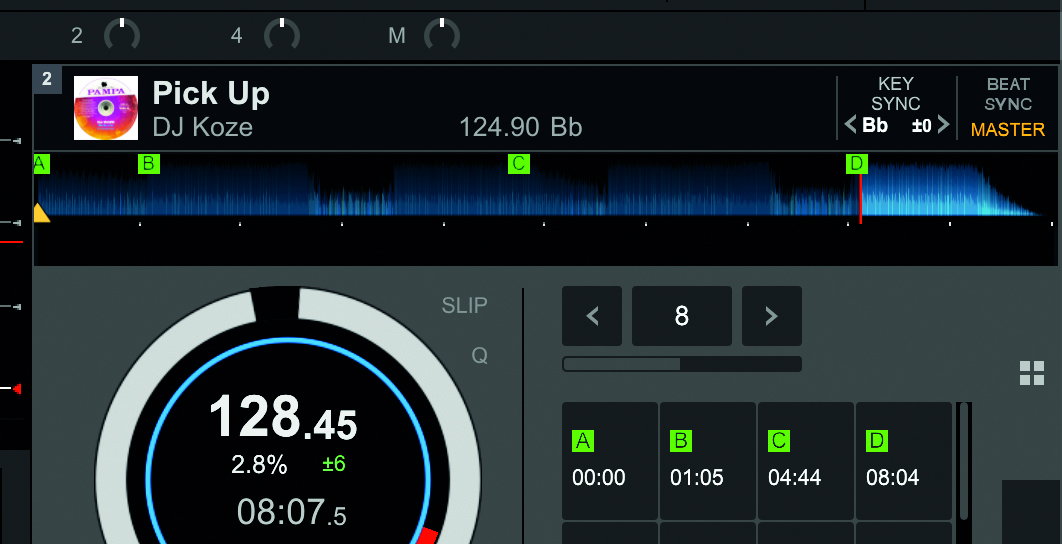
2. Mix up your transitions
Certain types of music tend to lend themselves to certain styles of transition. Four-to-the-floor genres like house and techno work well with long, slow blends, while more rhythmically diverse styles like hip-hop or grime are better mixed using quick cuts.
Don’t be afraid to mix up approaches though. Done well, an abrupt cut into a curveball track can be a great way to add new energy into an otherwise hypnotic and measured mix. Alternatively, if you’re going to be working primarily with shorter tracks and more abrupt transitions, why not loop up a couple of grooves and let your mix run on a little as you go along?
3. Watch your levels
The most obvious sign of an amateur DJ mix is wildly inconsistent volume level. Either the mix will get louder and louder as the DJ cranks the gain with each new track that comes in or else things will ramp up during the transitions – as two tracks are playing at once – only to drop in volume again as one track is mixed out.
Watch the metres on your mixer and listen closely to your monitors. Use the faders and EQs to pull one track back as the other comes in, allowing for a more natural shift in emphasis rather than simply ramming one track over the other.
4. Push the tempo
The pitch faders on your DJ gear allow you to match it to the BPM of another track – but realistically, how far should you push that? In the days of vinyl, the rule was generally not to go beyond a 5% adjustment. Anything further would essentially change the key of the track due to slowing it down or speeding it up significantly. Digital gear lets you adjust a track’s speed without altering the pitch but if you alter a pitch fader by anything more than about 3-5%, anybody familiar with the track will notice.
That’s not to say never do it – it can be a cool stylistic trick to play a track at a radically different speed to surprise your audience or mix it into something unexpected. Even in the vinyl realm, switching a turntable’s speed between 33 and 45 is an age-old trick for out-there transitions.
5. Understand musical keys (but don't get obsessed by them)
Mixing in key – or harmonic mixing – is a major trend in modern DJing, one that you’re likely to have heard of. Put simply, it involves structuring your set around tracks with the same, or complementary, musical keys in order to avoid harmonic clashes and create pleasing transitions. These days, most digital DJing software has some form of key detection and track recommendation tool built-in. Software developer Mixed In Key also makes a more fully featured application to help with harmonic mixing.
This is all incredibly handy and there’s no doubt that matching keys can be a great way to pair tracks in your set, but be wary of relying on this too heavily. For one thing, a track’s key is far from the only consideration when it comes to picking a track in your DJ set. Just because two tracks have complementary keys, doesn’t mean that their rhythm, structure or energy levels are going to work well together.
What’s more, just because two tracks have non-compatible keys doesn’t mean that they can’t work together, particularly if they’re two percussively focused dance tracks. It all comes back down to the classic advice – know your music and trust your ears.
6. Work the EQs
The level to which you use your mixer’s EQs or filters is a matter of taste. Some DJs prefer to blend tracks in with minimal adjustment, others will creatively carve out low or high frequencies to change the feel of a track. If you are going to do some frequency shaping, the key thing to remember is balance. If you try mixing two tracks both with the bass boosted, things are going to sound overblown and muddy. Balance out a boost in one track with a cut to the other – then switch the cut/boost around to change the emphasis!
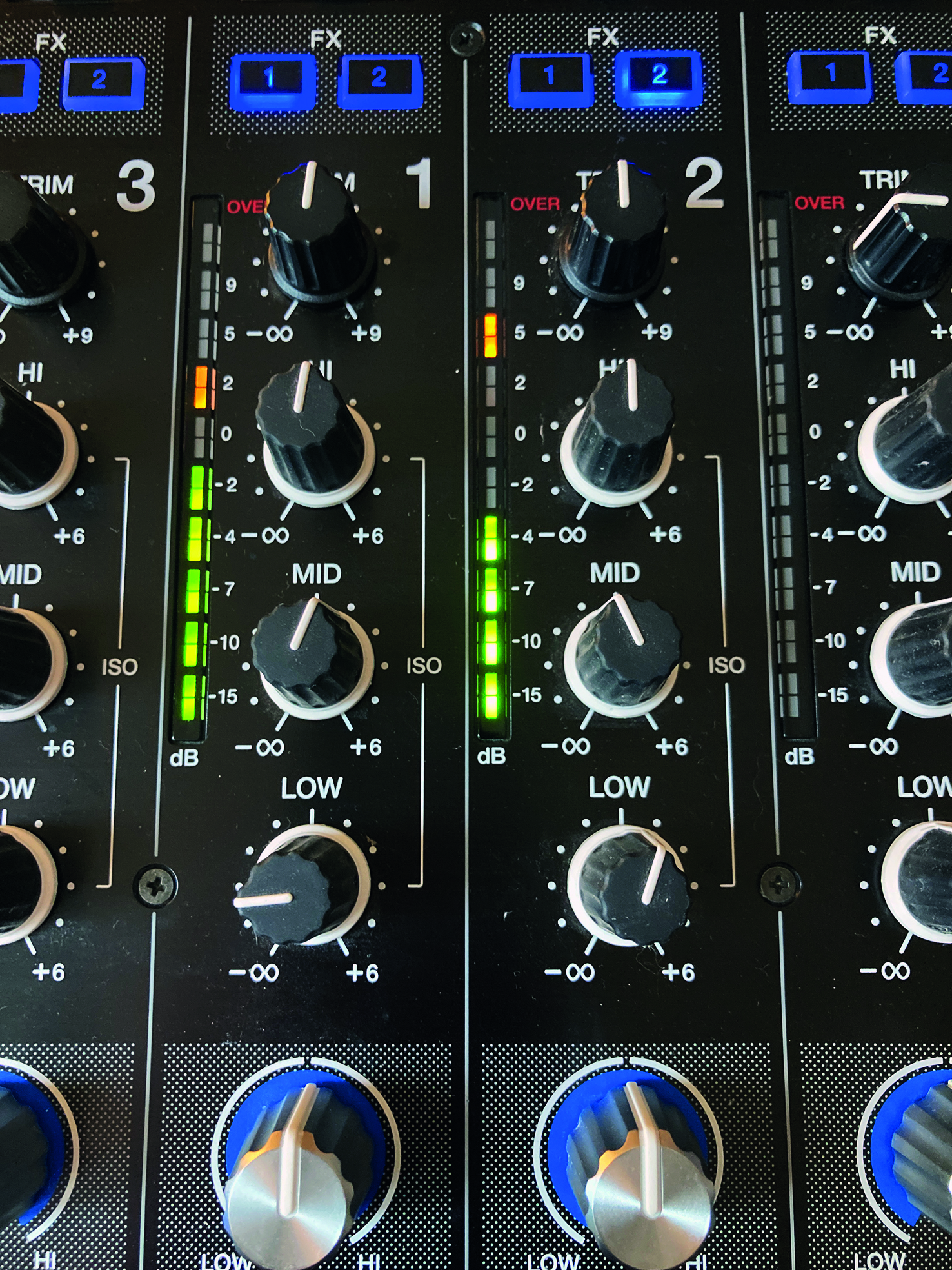
7. Read the room
It’s a fairly obvious tip, but one that can get easily overlooked for DJs who may have got started in a time where pandemic closures forced many DJ sets into the online realm: learn to read a dancefloor. Whether you’re playing a huge club or a small bar, keep an eye on your audience and see how they’re responding. Whether it’s head-nodding or full-on raving, are people engaging with what you’re playing? If not, it could be the right time for you to change the energy by, for example, increasing the BPM or switching up the style of music.
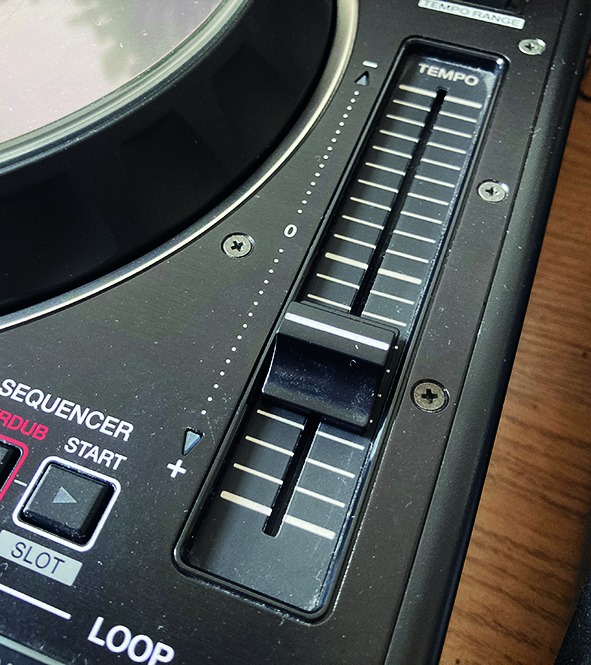
8. Use effects with caution
Most DJ software or mid-to-high level mixers offer some form of effects, which can be great. Things like reverb, delay or filter sweeps can be used to help gel transitions, build tension or even help in covering up a clunky mix. Approach effects with a less is more philosophy, though.
Remember your job as a DJ is to showcase the music, and people might not want to hear you throwing elaborate stutter effects over their favourite track, and leaning on one or two effect tricks for every transition can get old quickly.
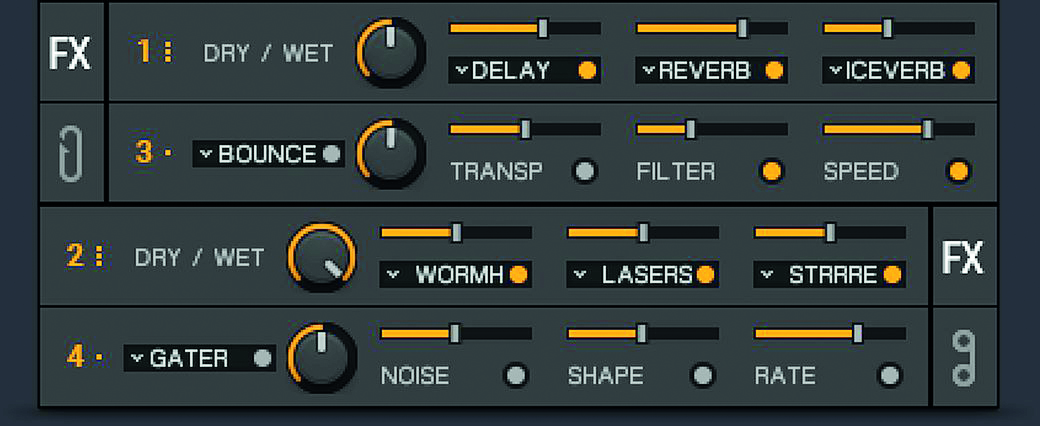


Future Music is the number one magazine for today's producers. Packed with technique and technology we'll help you make great new music. All-access artist interviews, in-depth gear reviews, essential production tutorials and much more. Every marvellous monthly edition features reliable reviews of the latest and greatest hardware and software technology and techniques, unparalleled advice, in-depth interviews, sensational free samples and so much more to improve the experience and outcome of your music-making.
